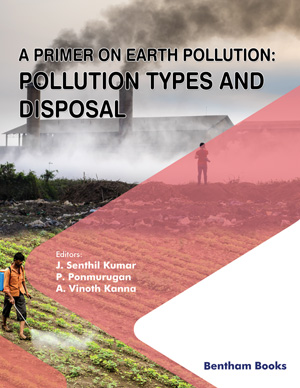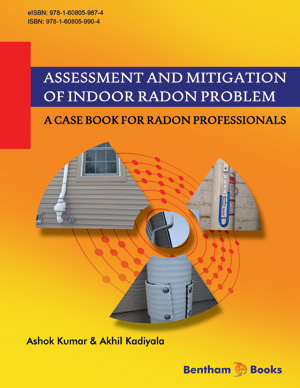Abstract
Climatic changes are already having a significant impact on snow cover in the European Alps. Several studies from Switzerland, France, Austria, Italy and Germany have noted a general decrease in snow depth and snow cover duration since the end of the 1980s throughout the European Alps. Investigations of snow cover and climate change have revealed that the reduction in snow reliability observed in low and medium altitude ski resorts is mainly caused by warmer winter temperatures. Precipitation becomes the determining factor for a snowy winter only above 2000 m asl. Projected changes in temperature and precipitation are expected to cause further significant decline in the snowreliability of Alpine ski areas. The impacts of these changes, however, are not uniform. They depend on altitude, region and local factors. For example, the impact of climate change is stronger at low altitudes, in inner-alpine dry valleys and on southern slopes, which leads to winners and losers among the different ski areas. The winter tourism industry has already begun to respond to the implications of these observed changes. A range of technological and behavioural measures have been put into practice to offset the adverse impacts. However, adaptation measures, such as the widespread use of snow-making, put new pressures on the ecology of the mountain environment.
Keywords: Adaptation measures, precipitation change, snow depth, snow reliability, temperature change, winter tourism.












